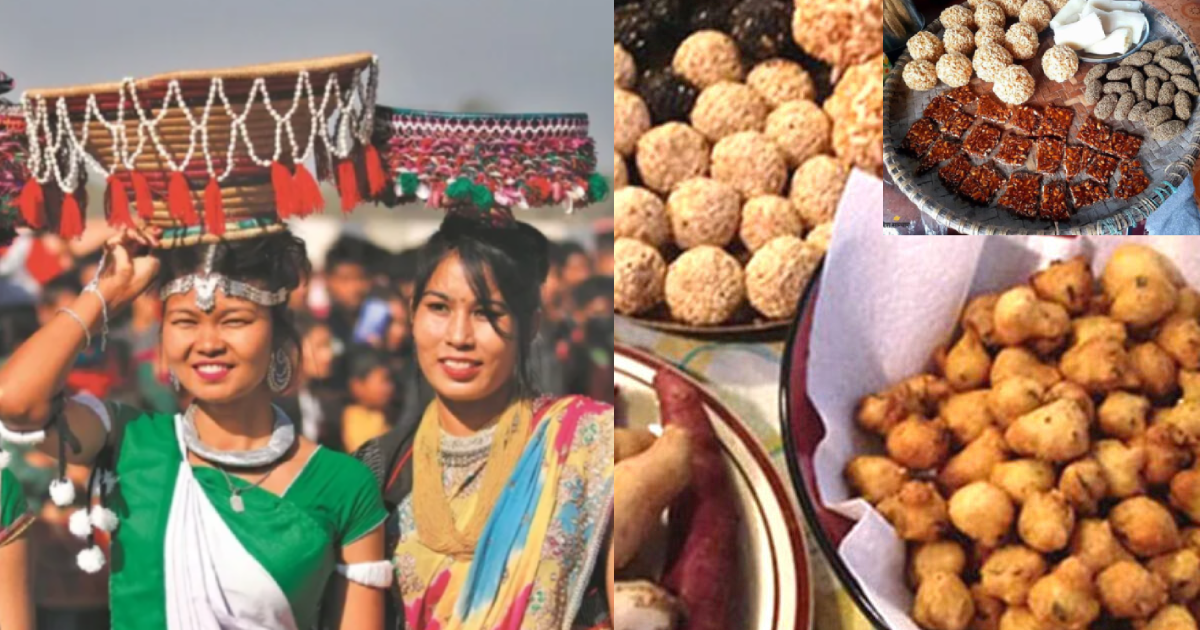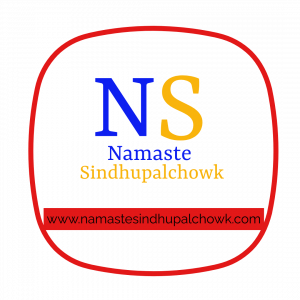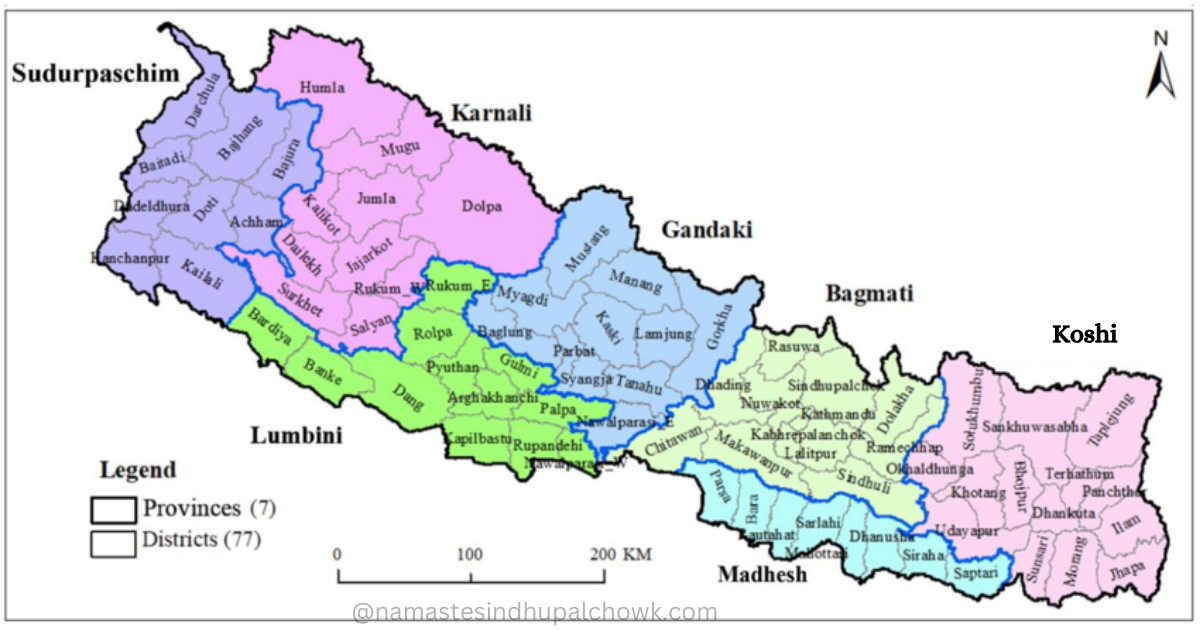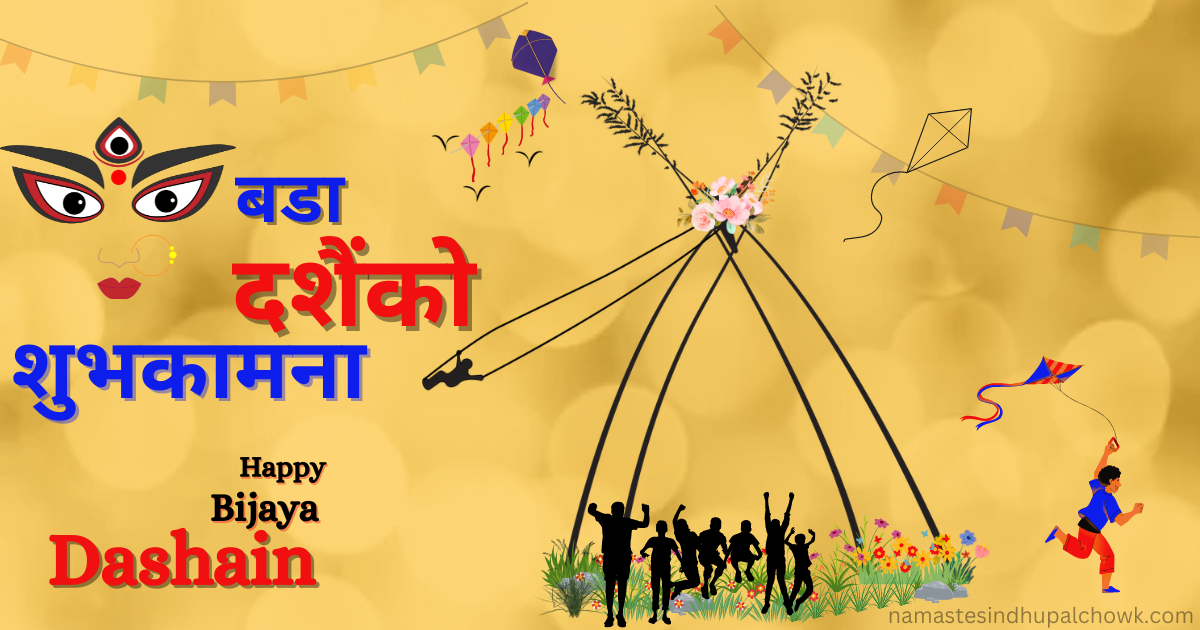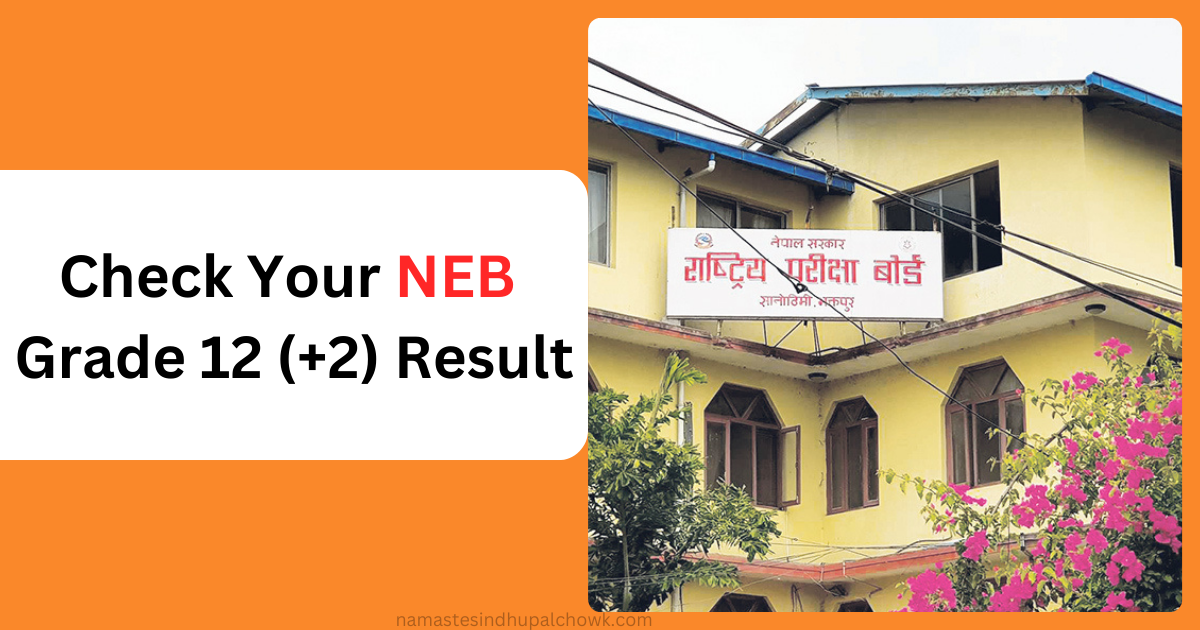Maghe Sankranti is a common festival among the different communities living in Nepal. According to the Nepali calendar (Bikram Sambhat), this festival is celebrated on the first day of the month of Magh and on the 14th day of January. It is also known as Makar Sankranti. Even though it is a festival on the same day, this festival is celebrated with great fanfare all over Nepal by different communities with different names, ways, rituals, and beliefs. People who believe in Hinduism, Buddhism, and Kirat, not only in Nepal but all over the world celebrate this festival. After celebrating this festival, there are different beliefs according to country, time, and situation.
On the day of Maghi Sankranti, Uttarayan Starts. That is, the sun changes its direction from the southern hemisphere to the northern hemisphere. From this day onwards, the days are getting longer and the nights are getting shorter. According to the religious perspective, it is called Makkar Sankranti as it is the day when Sun enters the Capricorn zodiac (Makkar Rashi) from the Sagittarius zodiac (Dhanu Rashi). Apart from that, this festival has a lot of religious significance.
Maghe Sankranti Food
Maghe Sankranti is the festival of eating Plants that grows underground “kandamul”. Like Sakharkhanda, Tarul, etc. During this festival, there is a custom to eat chakku, ghee, Til ko laddu, etc. A special community celebrates the Maghi festival by preparing and eating different dishes. It is believed that these dishes can warm the body and prevent cold.
Mainly, The following food are preparing in Maghe Sankranti festival.
Ghee, Chaku & Sesame
Ghee and Chaku (Nepali Pronoun) provide warmth to the human body. January is also a winter month. Therefore, if ghee and chaku are taken in winter months, people will be protected from the problems caused by winter. Similarly, dishes made from sesame seeds have various warming elements. That is why it is customary to eat sesame dishes on Maghe Sankranti.
Furthermore, Chaku and Sugar (Sakkar) are composed of distinct elements rather than sugar and function as distinct minerals in the body. Similar to this, while ghee is an unsaturated fatty acid, it prevents the body from storing fat. Rather, by moving the fat that the body needs, it strengthens the structure.
Various dishes are prepared by keeping coconut, almonds, sesame seeds and other nuts along with ghee in the Chakku. A combination of all these is high in calories. Which is very important for physical development.
Unsaturated fatty acids like sesame don't naturally freeze. Not only does it support healthy digestion, but it also gives the body a lot of vitamin E. Sesame boosts the body's ability to fight sickness because of its high mineral content.
Yam (Tarul), Sweet Potato & Pidhalu
Yam and Sakhkar are rich in carbohydrates and can be eaten instead of rice. There is relatively little protein present. However, minerals are widely distributed. It has high levels of fiber, potassium, and phosphorus as well. For this reason, those who are constipated can benefit from consuming sugarcane and yam. It also satisfies some needs for calcium. Both soluble and insoluble forms of fiber are required by the body. Soluble fiber supplies energy to the body whereas insoluble fiber helps in bowel movement. Consuming yams and sugarcane throughout the winter months is highly appropriate, as they offer strength.
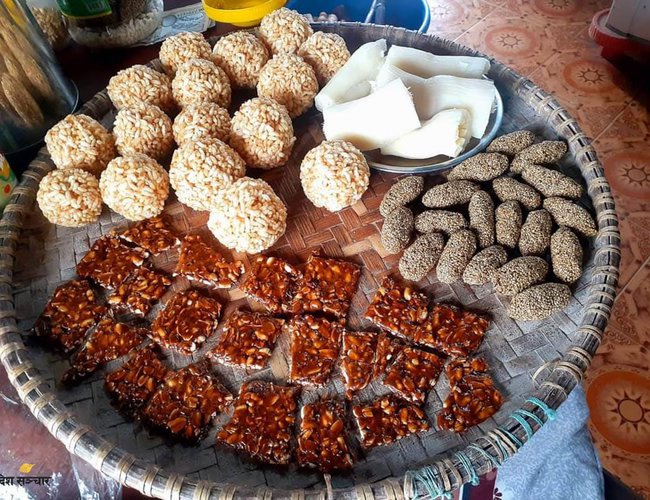
History of Maghe Sankranti
According to mythology, Mahabharat's character Bhishmapita Maha died on this day. Bhishmapita Maha is such a character, who got the boon to die only voluntarily (Ichya Mritu). Therefore, it is believed that people who die on this day will go to heaven without any obstacles. (Mahabharata is a religious epic of Hindus. Which is the biggest epic written in the world so far.)
On the day of Maghe Sankranti, devotees gather in Bagmati, Sunkoshi, Devghat, Barah region, Panauti, Kankai, and Sali rivers to take a bath. Also, devotees worship Lord Vishnu on this day. According to Bhavishi Purana, Vishnu Bhachana and Dharma Sindhu, “if you take a bath on this day and donate Ghee, Chakku, sesame seeds, Green plants, Clothes, water pot, you will get special religious significant and if you eat these things, your body will be clean and healthy”.
Read Also: Holi festival in Nepal
Who celebrates Maghi in Nepal?
Maghe Sankranti is a common cultural festival in many communities. Hindus celebrate this day as Maghe Sankranti, Tharu community as Maghi or Khichra festival, Rai community as Yele Theche, Magar community as Maghe Sakrati and Sunar community as Sami Pidar festival. Similarly, Newar community celebrates Maghi as a 'Ghyuchaku Salhu' festival.
Tharu communities of Nepal - Maghi Parba
The Tharu community living in the Terai region of Nepal celebrates the New Year on the first day of January. Tharus celebrate this day on the day of Maghi or Khichra festival. All the families gather at one place and celebrate the New Year by enjoying various dishes and dancing. This day is considered as a day to review the past year and make plans for the New Year. A special dish made by the Tharu community in Maghi is 'Kichra'. Similarly, people of the Tharu community return home from far away to celebrate Maghi. Traditional dress, dancing to songs etc. are the attractions of Maghi.
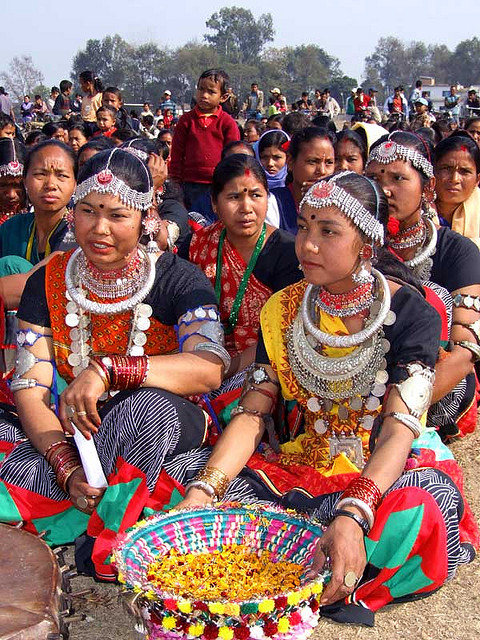
Cultural festival of Hindus
Maghe Sankranti is a cultural festival of Hindus. On this day, devotees go to Nadinala and bathe. And devotees worship Lord Sun "Surya" and Lord Vishnu. Similarly, they prepare and eat sesame laddu, chakku, yam, ghee and other dishes at home. Also, this festival is celebrated with great pomp in the Newari community and the Kirati community.
A great festival of the Magar community - Makar Sankrati
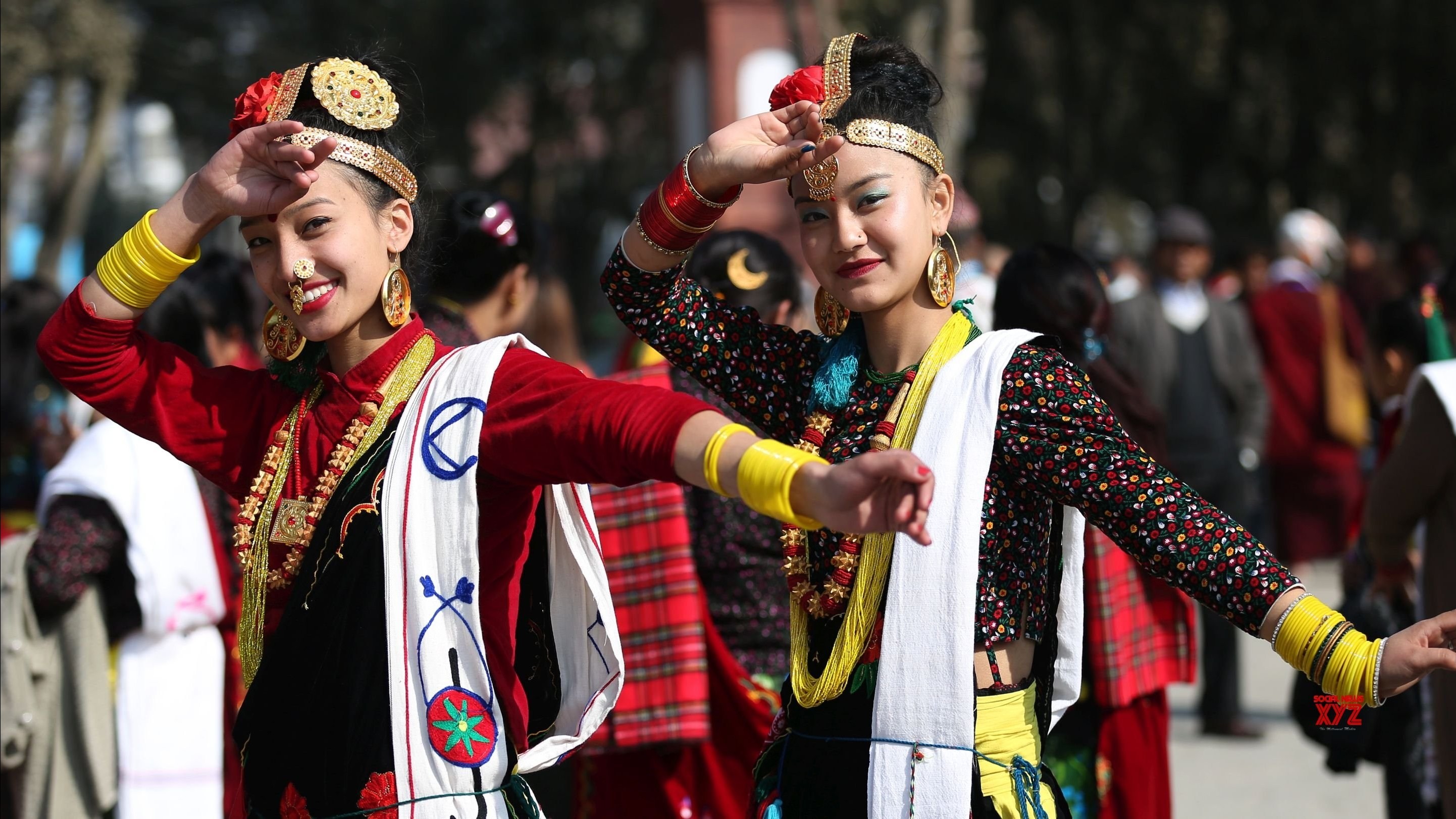
The Magar community living in different parts of Nepal celebrates Maghe Sankranti as a great festival. This community has a special ritual of celebrating Maghe. The Magar community celebrates this festival for three days according to traditional culture, customs and originality. "Chelibeti" and "Pitru puja", eating sweet and sweet food, showing Traditional Dance and Sing songs, all gathering in one place and having fun, etc. are the charms of Maghi celebrated by the Magar castes.
Lhosar of Ghale Community - "Li:La (Ghale) lhosar"
On the day of Maghe Sankranti, the Ghale community living in different parts of Nepal celebrates Lhochar. This day is important for the Ghales as one zodiac ends and another zodiac begins in the Ghale calendar. Ghale community living in different places of Sindhupalchok also celebrated Lhosar 2023 AD in Melamchi with various programs. They demanded that they should be included in the tribal tribes of Nepal.
Bullfighting in Tukura village of Nuwakot
On the occasion of Maghe Sankranti, a bullfight is organized in Tukura, Nuwakot. This practice has been going on for the past 2-3 hundred years. This game started in the 18th century in Tukura. This exciting activity is completed with the enthusiastic participation of local people.
